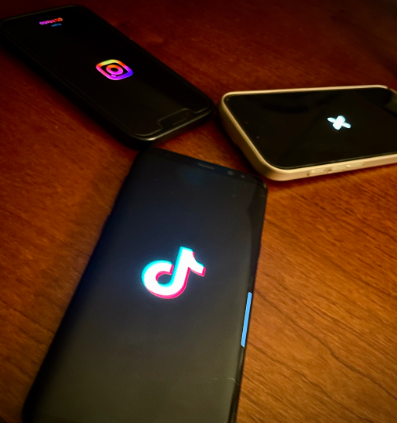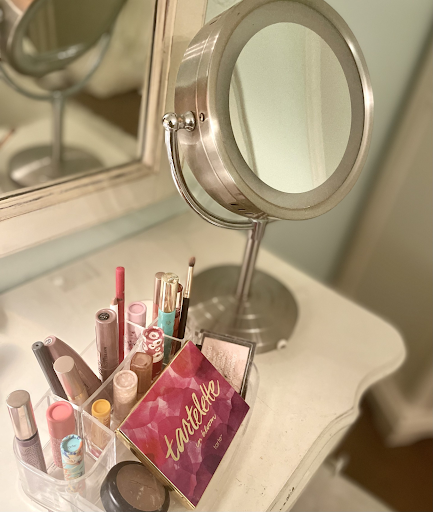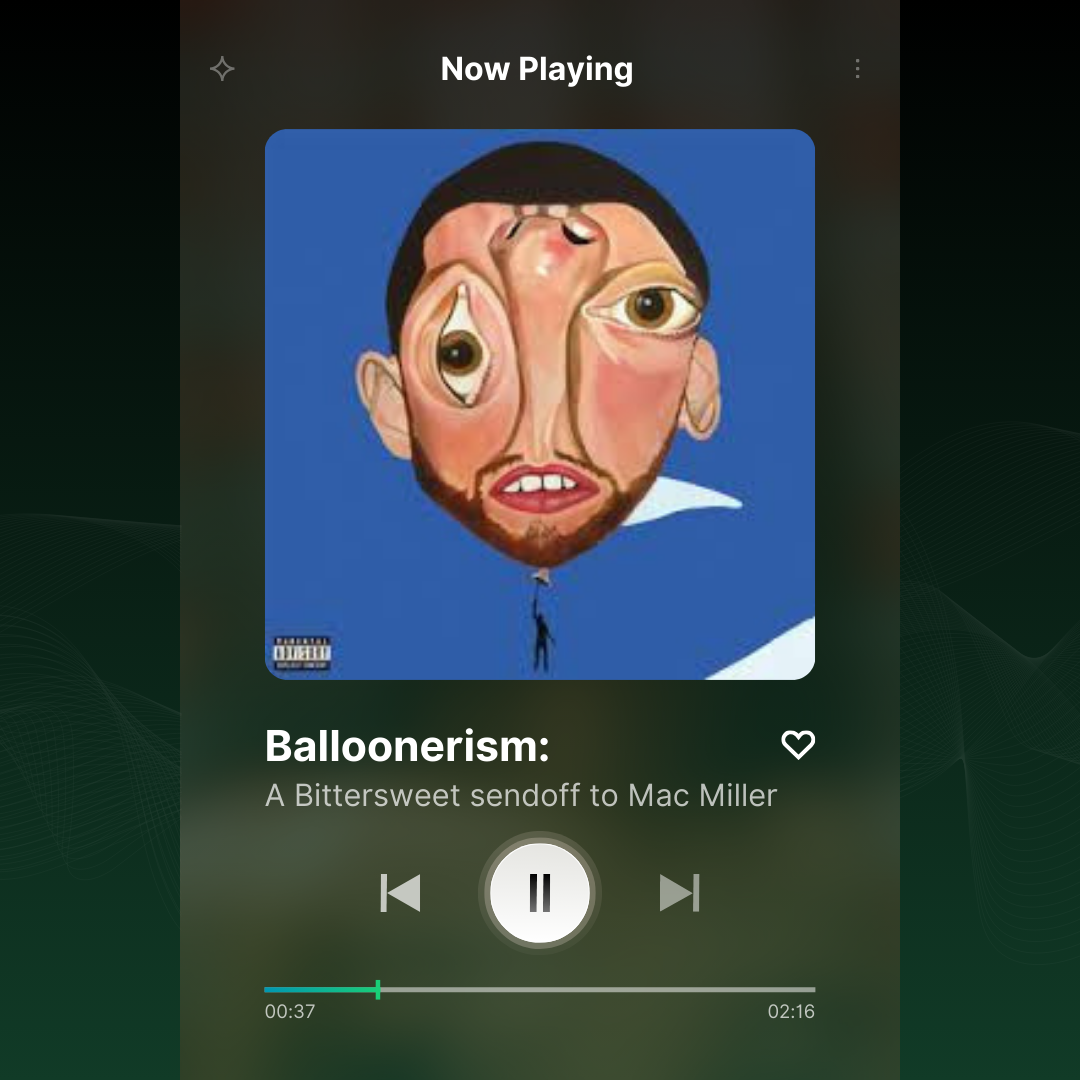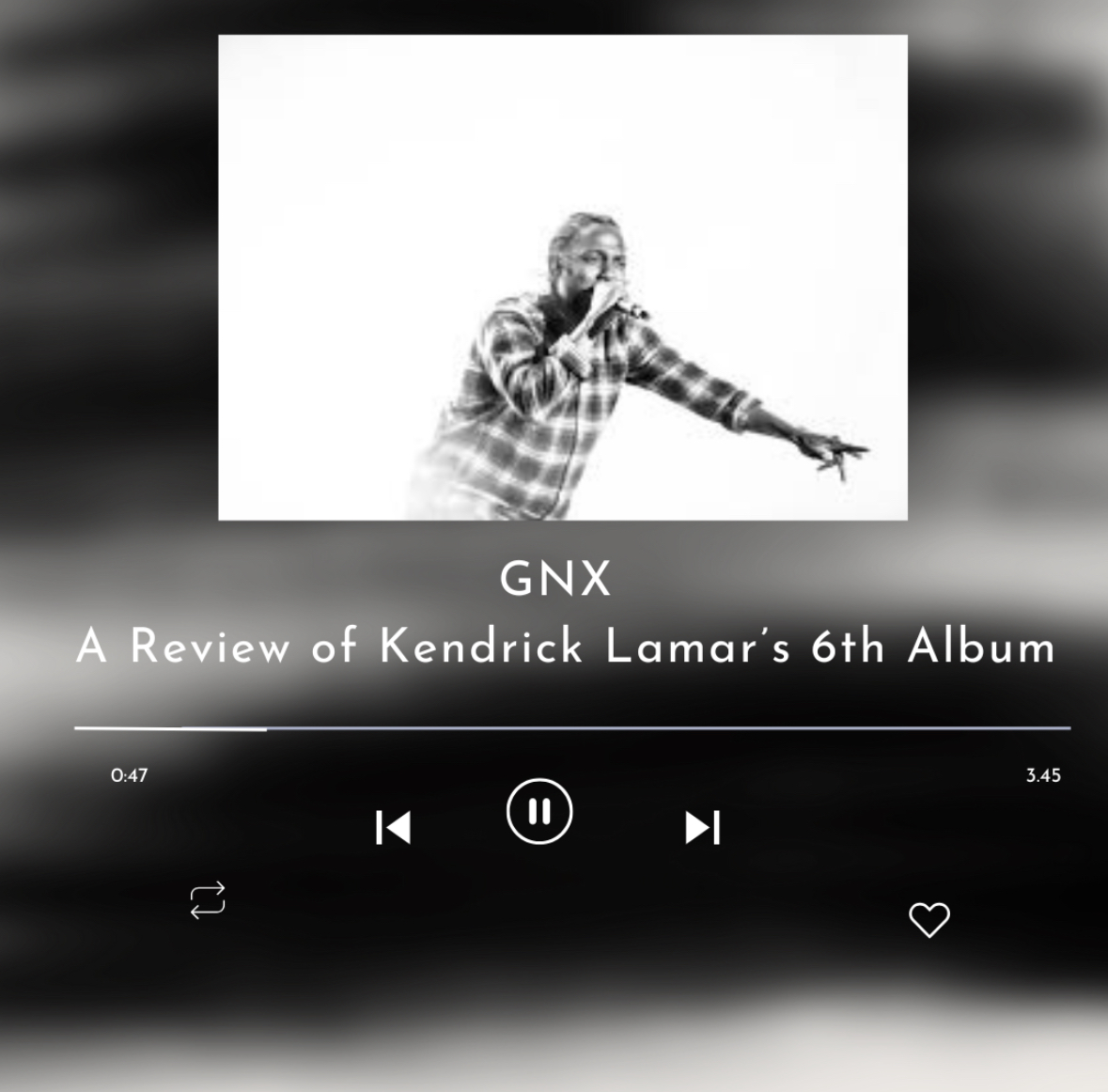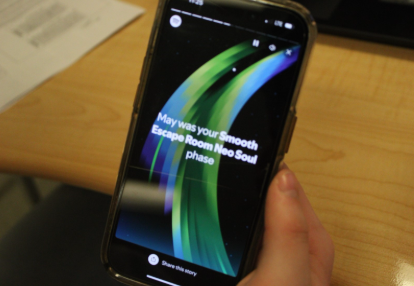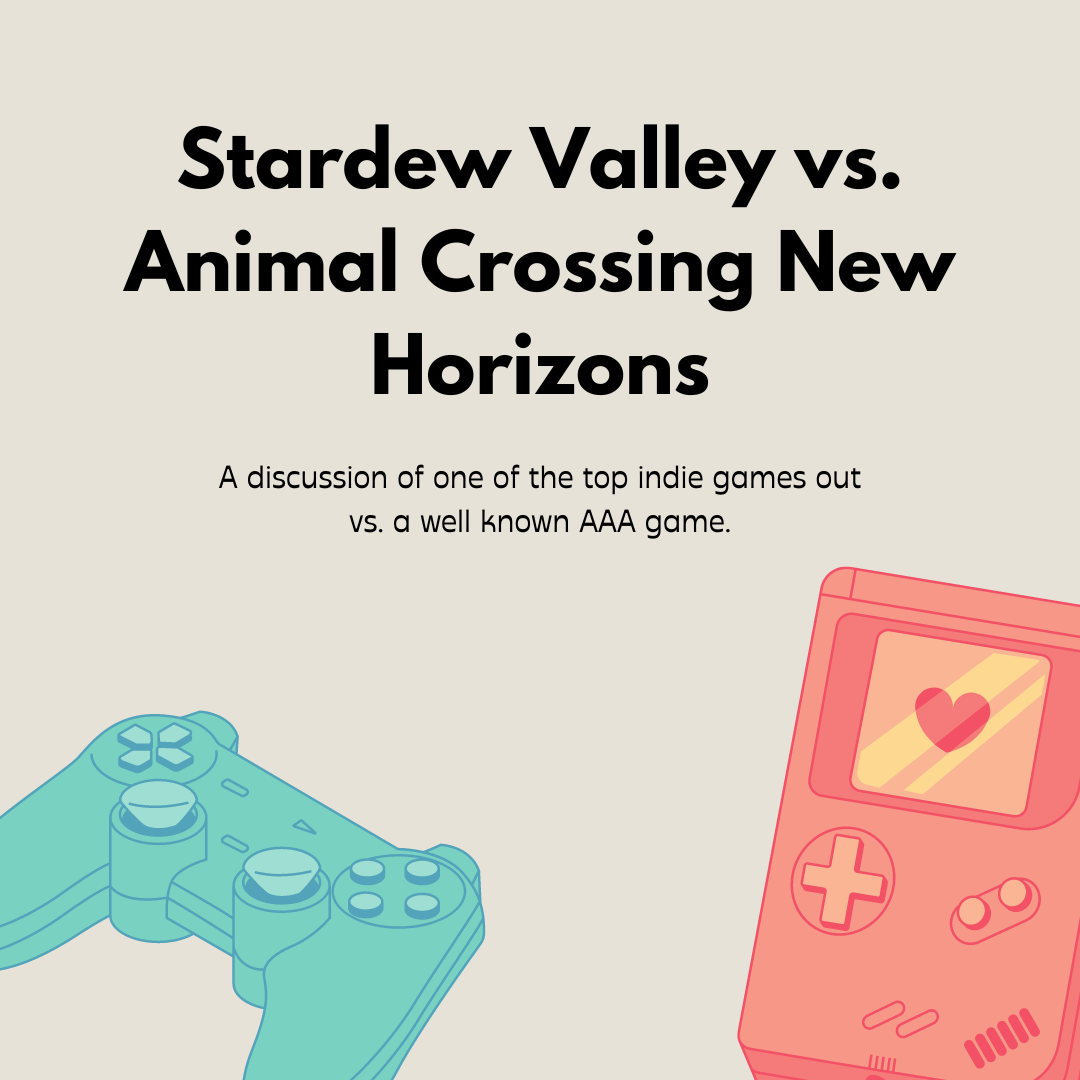It’s no secret that social media tends to be, at times, a cesspool of loud opinions and rude comments. Some of these platforms tend to be more victim to it than others—for example, the differences between the comments on YouTube compared to Twitter are often stark and obvious.
This leads to urging questions as to why this is. Could it be because of the platform’s user demographic or features, and do certain aspects of anonymity make people more comfortable in creating a toxic atmosphere than others?
The most likely answer is probably because of who is using each social media platform, as this directly affects the comments and, subsequently, the atmosphere. Snapchat, for example, is shown to have the youngest user base, with Facebook hardly being used by teens at all. Additionally, TikTok is another social media platform with a significantly younger audience, with a majority of user falling between the ages of 18 to 24.
One thing that all these platforms have in common, though, is their aspect of remaining entirely faceless in comment sections—and this is what truly makes users comfortable enough to spread negativity. According to Forbes, many thrive on this aspect of social media. It allows them to walk away from online conversation without the repercussions that come with face-to-face interaction, enabling more upsetting and toxic people thoughts to be expressed to a wider audience.
Many students who have social media recognize how this contributes to a negative atmosphere. As someone with experience on a variety of social media platforms, as well as knowing others who do as well, Zoe Nason (’26) states that “Anonymity is one of the biggest reasons for toxicity, because there are no immediate consequences…you can pretty much say whatever you want.”
While it is true that there is a certain unrestricted freedom that comes with commenting online, social media companies have taken some steps to mitigate potential damage done.
Instagram, for example, has implemented AI features to detect harmful comments or posts. This was followed up with more AI that makes users reconsider when they could potentially be saying something damaging. They have also taken steps in the form of teen accounts, which is a setting that protects younger teenagers from harmful messages or toxic content. This way, any potential risks of interacting with ill-intentioned users are much less.
While these efforts do count for something, many still are doubtful that companies can fully regulate their own base, though. Student Zoe Nason (’26) also added that “…I don’t think there’s much companies can do about this [online toxicity]. They can put guidelines all they want, but people aren’t [going to] follow them. It’s more that society as a whole needs to change, but society changes with social media [and] vice versa.”
This tends to be true— research has shown that when negative users online are faced with bans and tighter restrictions, they tend to go to other platforms and simply do the same thing (in some cases, even worse than before). It can be argued, then, that social media companies should find a new solution to fully eliminate the problem as a whole.
Overall, it’s crucial to remember to stay alert when online, no matter the social media platform. Spreading awareness about the issue of negativity, and figuring out the best way to combat it, is incredibly important in order to have fun with others while also remaining safe as well.


